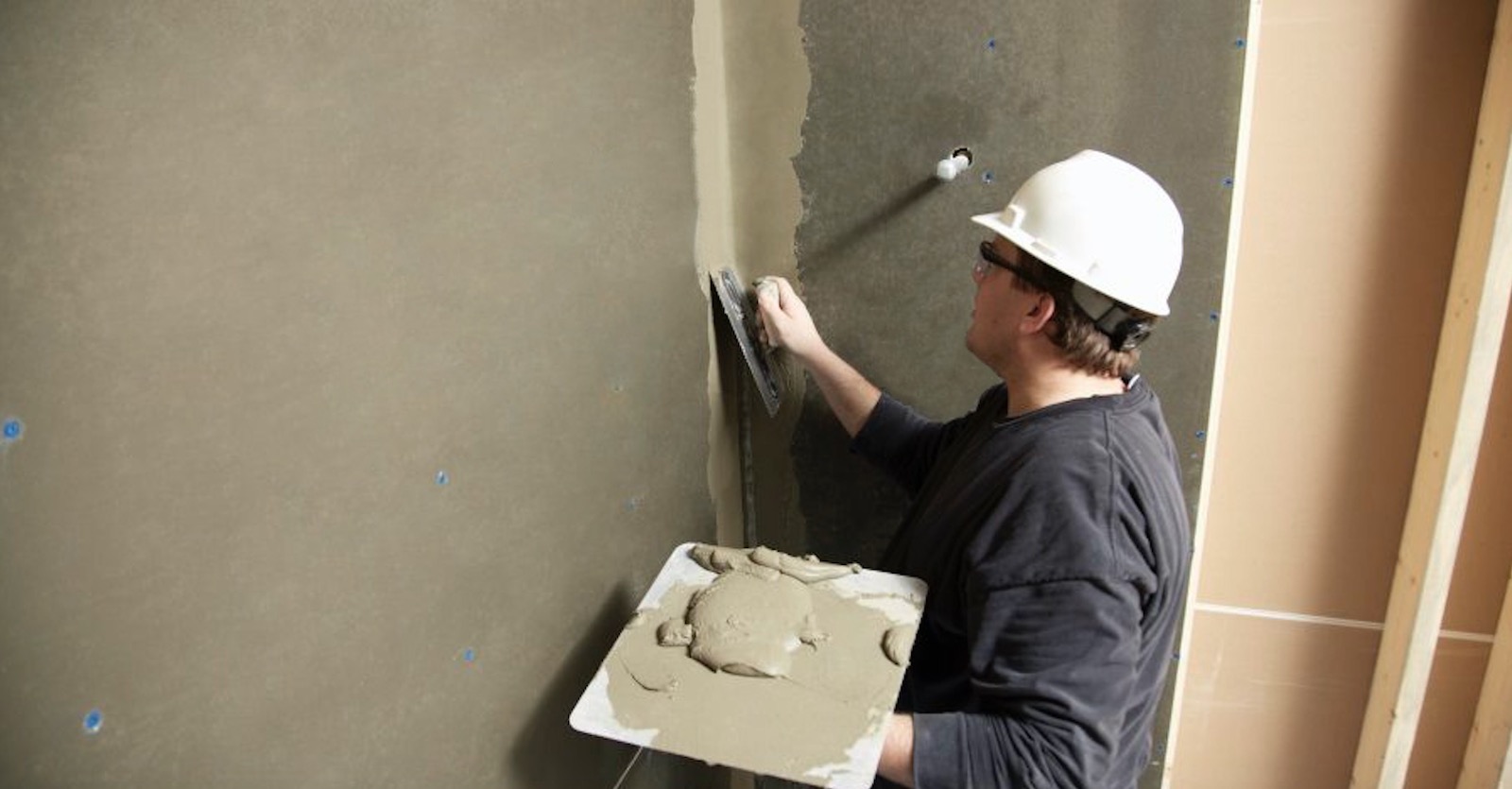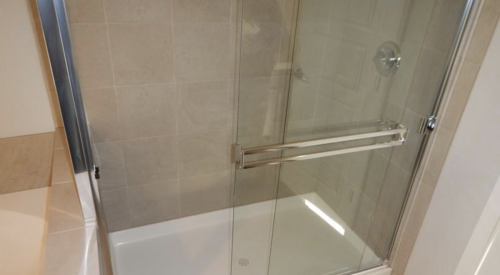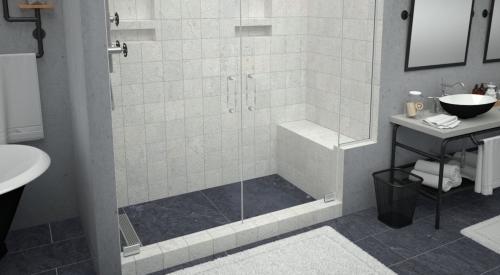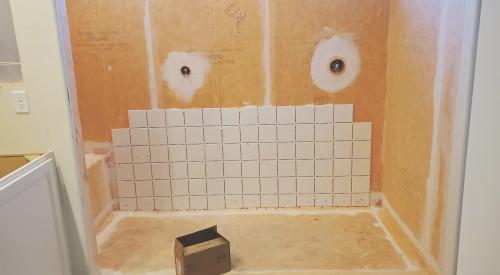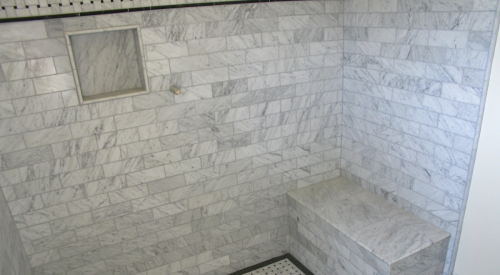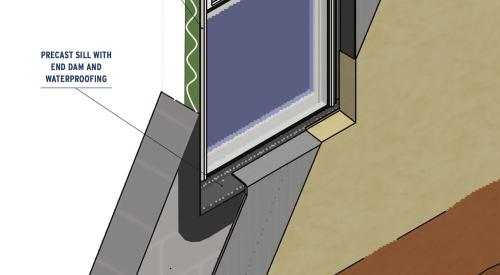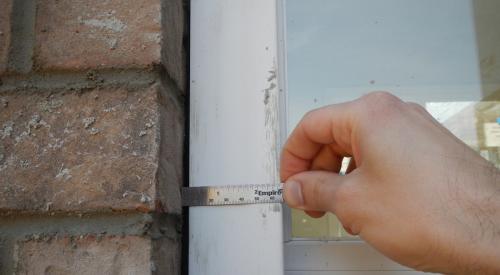Although cement backer board is one of the most commonly used tile underlayments for wet-area walls, a high percentage of production builders have switched to glass mat gypsum board products, such as Georgia Pacific’s DensShield or CertainTeed’s Diamondback Tile Backer. Here’s why I think that’s a wise move, plus I'll offer some tips for correctly installing glass mat gypsum products.
What Is the Difference Between Cement Backer Board and Glass Mat Gypsum?
Made of cement and reinforced on the top and bottom with fiberglass, cement backer board is readily available and relatively inexpensive, and it's currently the most commonly used backer board for ceramic and porcelain tile installations on floors and walls.
Glass mat gypsum board is a water-resistant silicone-treated gypsum board that’s topped with a fiberglass mat surface on both sides, which creates a built-in moisture barrier.
Despite its popularity, cement backer board has some drawbacks:
- It’s heavy
- Cutting it generates silica dust that requires personal protective equipment
- Chips that fall from cut edges can scratch tubs and shower bases
- When waterproofing cement board, for best performance, the entire surface must be covered with a liquid-applied waterproofing membrane, such as Custom Building Products’ RedGard.
Glass mat gypsum doesn't have these issues. It weighs less than cement backer board, is easy to cut—simply score and snap it like drywall—and it’s mold-resistant and doesn’t require a full-surface waterproof coating.
However, a trouble-free installation depends on the right framing details, fasteners, and joint/fastener treatment.
Which Framing and Fasteners to Use With Glass Mat Gypsum for Tile Backer Board
Glass mat gypsum comes in 1/2-inch and 5/8-inch thicknesses. When installing 1/2-inch-thick board, framing must be a maximum of 16 inches on center, though you can get away with 24-inch o.c. framing by installing blocking behind every seam. Assign someone—a job superintendent or quality inspector—to ensure proper stud spacing after the plumber finishes the rough-in, then add blocking, as needed. The 5/8-inch boards can be installed over 24-inch o.c. framing without blocking, but you should still inspect the framing after the plumbing rough.
Trouble-free installation depends on the right framing details, fasteners, and joint/fastener treatment
Fasteners should be installed every 6 inches for walls and ceilings. Drive fasteners flush with the coated surface—don’t countersink. You can use galvanized roofing nails, but screws are better. However, screws must be corrosion-resistant, so be sure to use galvanized screws instead of regular drywall screws.
Sealing Joints Against Water Intrusion
Even though glass mat gypsum comes with a fiberglass surface layer, fastener heads, field joints, and corners must be sealed against water intrusion. Do this by first applying an ASTM C920 flexible silicone sealant over all fasteners, field joints, and corners prior to installing 2-inch fiberglass mesh tape embedded in a skim coat of thinset material used to set tile. You should seal penetrations and abutments to dissimilar materials as well.
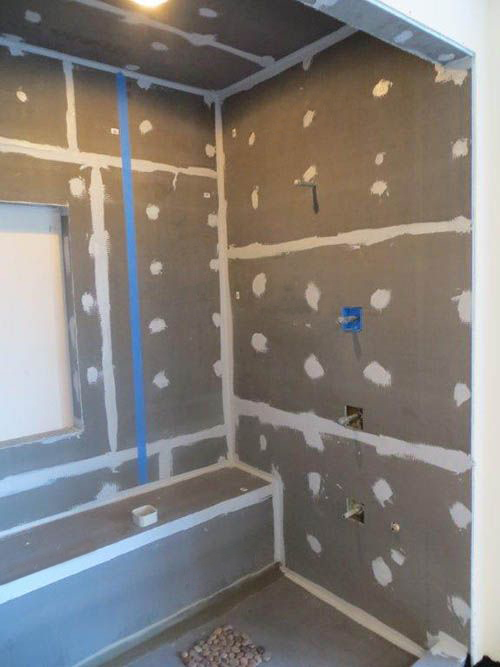
Installing the sealant and mesh tape as described can be enough to waterproof the joints. However, most tile installers prefer to have backup protection. That means an additional minimum step of finishing the fastener heads, field joints, and corners with an additional two coats of a liquid-applied waterproofing membrane such as RedGard.
RELATED
- Quality Matters: Waterproofing Preformed Shower Pans
- Quality Matters: Waterproofing Site-Built Shower Pans
- The Best Way to Seal a Shower
Many installers also prefer additional waterproofing in vulnerable horizontal areas such as shower benches, windowsills, or wall caps. They apply RedGard to the entire surface in these areas where moisture has the chance to collect.
The best way to ensure these tile backer board installation and waterproofing details are done right is to have the backer board installed and finished by the tile contractor, not the drywaller. If the drywaller does hang the board, sealing the joints should still be included in the tile contractor’s scope of work.
John Koenig drives quality and performance in home building as a building performance specialist on the PERFORM Builder Solutions team at IBACOS.
